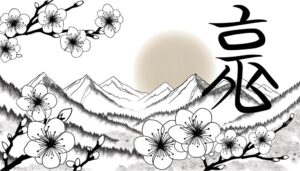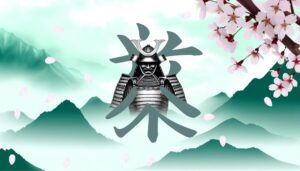Writing the Symbol for Sister in Japanese: A Step-by-Step Guide
The Japanese kanji for 'sister' are 姉 (ane) for older sister and 妹 (imouto) for younger sister. 姉 implies respect and responsibility, reflecting traditional roles of elder siblings.
妹 conveys affection and protection, signifying the bond between younger siblings and their elders. Both kanji derive from classical Chinese characters, symbolizing deep familial and cultural ties.
Proper writing and pronunciation of these characters are essential for effective communication and cultural appreciation. Exploring the historical origins and contemporary use of these kanji reveals much about Japanese societal values and family dynamics.
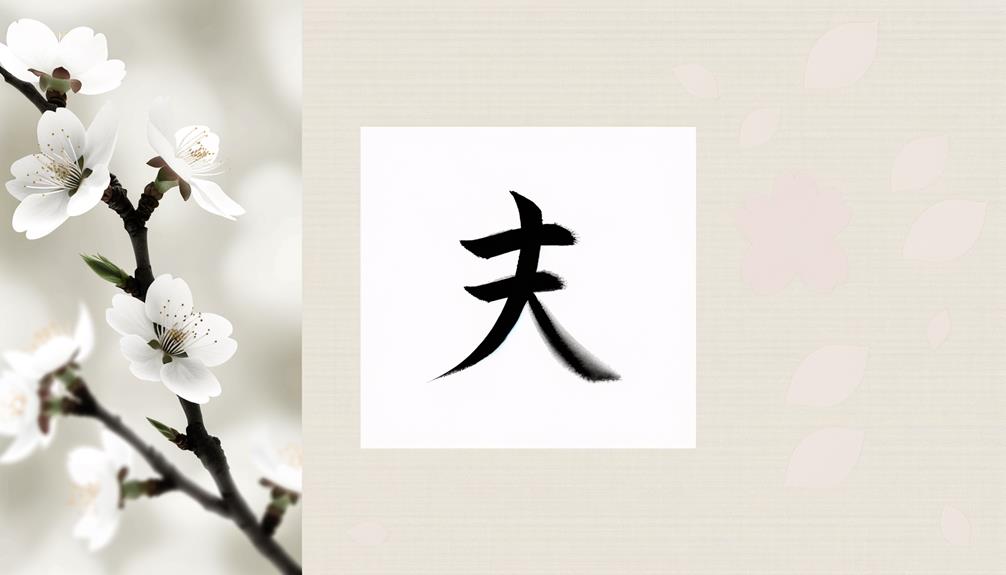
Key Takeaways
- The kanji for older sister is 姉 (ane) and for younger sister is 妹 (imouto).
- 姉 (ane) signifies respect and responsibility within the family hierarchy.
- 妹 (imouto) denotes affection and protective instincts from elder family members.
- Honorifics like お姉さん (oneesan) and 妹さん (imoutosan) are used in formal contexts.
- Mastery of stroke order and pronunciation is essential for cultural respect and effective communication.
Kanji for Sister
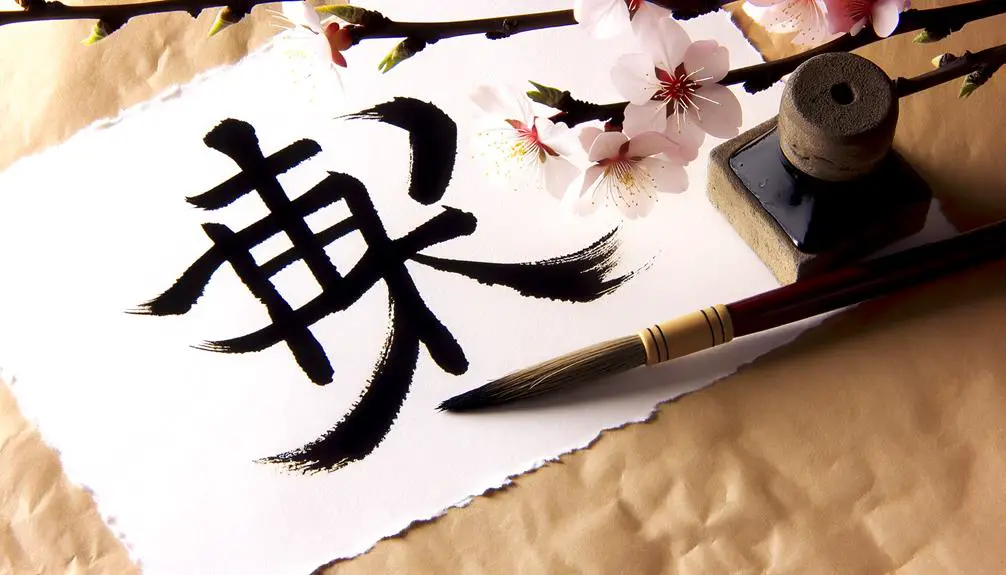
The kanji characters used to denote 'sister' in Japanese are 姉 (ane) for older sister and 妹 (imouto) for younger sister. These kanji not only represent familial relationships but also embody cultural nuances.
姉 (ane) implies a sense of respect and responsibility often attributed to older siblings in Japanese culture, while 妹 (imouto) conveys affection and a sense of protection from elders. Each character is composed of radicals that provide insight into traditional views on family roles.
For instance, the 女 (onna) radical, meaning 'woman,' is present in both kanji, reflecting the gender-specific nature of these terms. Understanding these characters requires appreciating both their linguistic structure and their cultural context, offering a deeper connection to the Japanese language.
Historical Origins
Exploring the historical origins of the kanji for 'sister' reveals deep-rooted cultural and linguistic developments that have shaped these symbols over centuries.
The kanji characters 姉 (ane, older sister) and 妹 (imouto, younger sister) are derived from Classical Chinese, reflecting Japan's historical borrowing from Chinese script.
The character 姉 combines the radical 女 (woman) with 市 (market), hinting at the socio-cultural roles of women.
妹, similarly, merges 女 with 未 (not yet), symbolizing a younger female sibling.
These characters encapsulate not just familial relationships but also historical perspectives on gender roles within East Asian societies.
Understanding these origins enriches one's appreciation of the cultural and historical layers embedded in the Japanese language.
Writing the Kanji
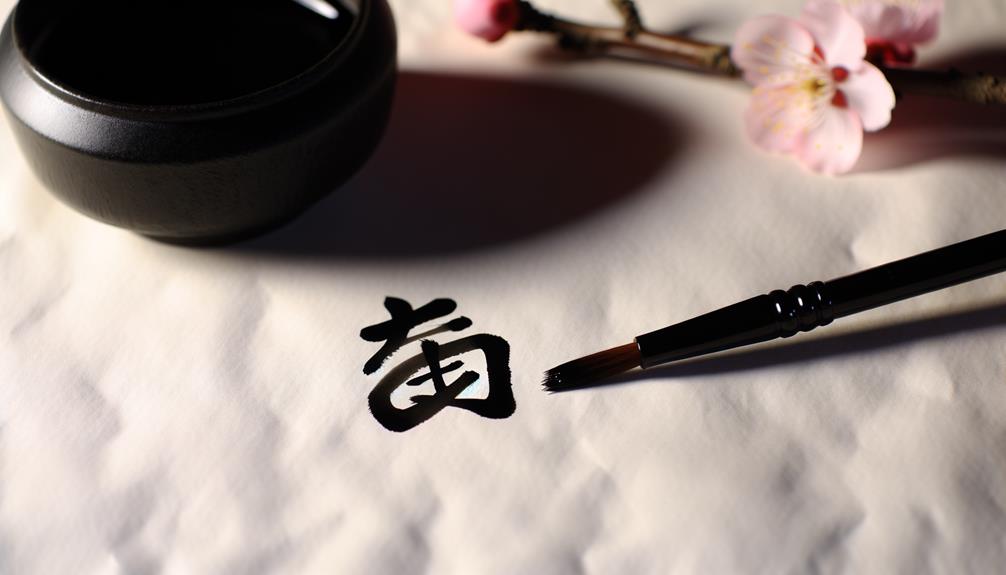
Mastering the kanji for 'sister' requires understanding both the individual strokes and the correct sequence in which they are written.
The kanji for younger sister is 妹 (imouto), while older sister is 姉 (ane).
Each kanji consists of several components: 妹 combines the 女 (woman) radical with 未 (not yet), symbolizing a younger female. 姉 incorporates 女 with 市 (market), denoting an elder female.
Proper stroke order is essential, not only for legibility but also for cultural respect. Begin with the topmost strokes and proceed left to right, top to bottom. This disciplined approach guarantees the kanji retains its intended form and meaning, reflecting Japan's deep appreciation for precision and tradition in written communication.
Pronunciation Guide
Understanding how to correctly pronounce the kanji for 'sister' is just as important as mastering their written forms, as it guarantees effective communication and cultural respect.
The kanji for 'older sister' is 姉, pronounced as 'ane' (あね) in its native reading (kun'yomi). For 'younger sister', the kanji 妹 is read as 'imouto' (いもうと).
Both kanji also have their respective Sino-Japanese readings (on'yomi): 姉 is read as 'shi' (シ) and 妹 as 'mai' (マイ). It is essential to note the context in which these readings are used, as on'yomi is more common in compound words.
Mastery of these pronunciations will enhance your ability to communicate effectively and respectfully in Japanese culture.
Usage in Daily Life
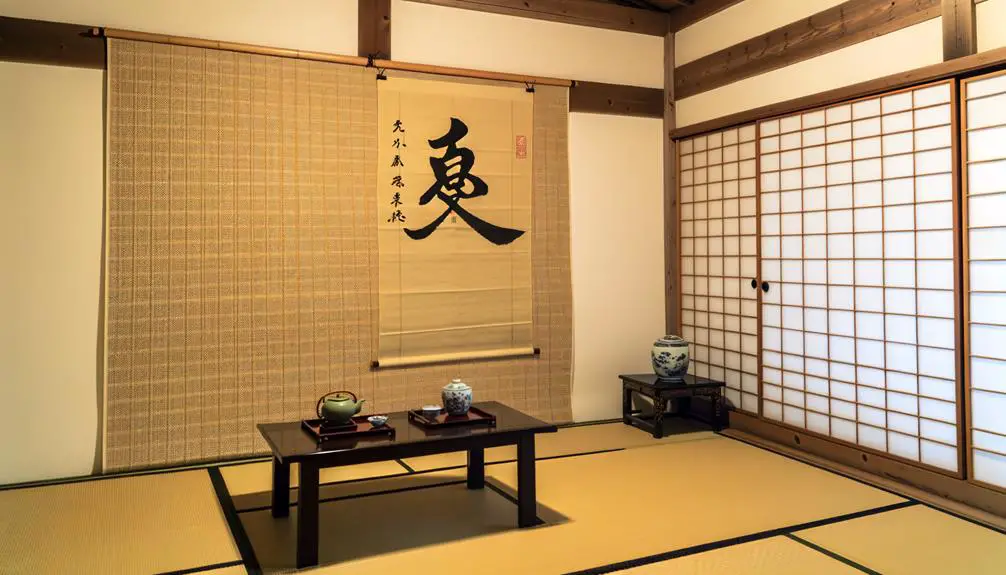
Incorporating the kanji for 'sister' into daily conversation and written communication in Japanese necessitates an understanding of both formal and informal contexts.
In formal settings, such as business or official documents, the kanji 姉 (ane) for older sister and 妹 (imouto) for younger sister are used with appropriate honorifics like お姉さん (oneesan) and 妹さん (imoutosan).
Informally, family members and close friends might use nicknames or abbreviations like 姉ちゃん (ne-chan) or 妹ちゃん (imouto-chan).
In written communication, such as letters or social media, the choice of kanji versus kana can convey varying degrees of closeness and respect. Understanding these nuances guarantees proper etiquette and fosters effective interpersonal connections in Japanese culture.
Cultural Significance
The kanji symbols for 'sister' in Japanese, 姉 (ane) for older sister and 妹 (imouto) for younger sister, carry deep cultural significance, reflecting the intricate family dynamics and societal values inherent in Japanese society.
In traditional Japanese culture, the older sister (ane) often assumes a nurturing and protective role, embodying responsibility and care within the family unit. Conversely, the younger sister (imouto) is viewed with affection and expected to show respect and admiration towards her elder siblings.
This hierarchical relationship underscores the importance of family structure and mutual respect, central tenets in Japanese culture. The kanji characters themselves evoke these roles, imbuing the language with a sense of familial duty and warmth that resonates deeply within Japanese society.
Variations and Dialects
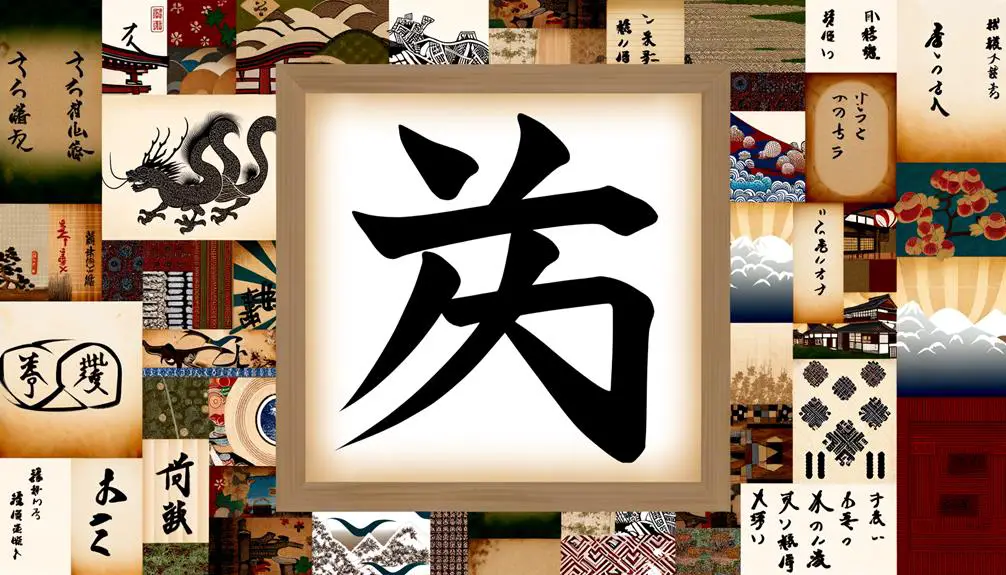
While the standard kanji for 'sister' are widely recognized, regional variations and dialects in Japan offer unique linguistic expressions for this familial bond.
In Kansai dialect, for example, the term 'ane' (姉) for older sister may be affectionately altered to 'a-chan,' reflecting a softer, more intimate tone.
Similarly, in Okinawan dialect, 'nee' signifies older sister, diverging from the standard 'oneesan' (お姉さん).
These variations not only highlight the rich tapestry of Japanese linguistic diversity but also underscore the cultural significance placed on familial relationships. Understanding these regional differences enriches one's appreciation of the nuanced ways in which Japanese people express kinship, fostering a deeper connection with the language and culture.
Related Vocabulary
When exploring the term for 'sister' in Japanese, it is essential to understand the common kanji characters used, such as 姉 (ane) and 妹 (imouto), which denote older and younger sisters, respectively.
Pronunciation and usage can vary depending on context, emphasizing the importance of cultural nuances in everyday conversation.
Additionally, the cultural significance and context in which these terms are used provide deeper insight into Japanese familial relationships and social structure.
Common Kanji Characters
Kanji characters commonly used to represent family members, including the symbol for sister, carry significant cultural and linguistic importance in Japanese. The kanji for sister, 姉 (ane) for older sister and 妹 (imouto) for younger sister, are part of a broader set of familial kanji that denote hierarchical and relational nuances. Other important kanji include 父 (chichi) for father, 母 (haha) for mother, 兄 (ani) for older brother, and 弟 (otouto) for younger brother.
Each character holds deep cultural connotations, reflecting respect, age, and social structure within the family unit. Understanding these kanji provides insight into the intricate relationships and values that underpin Japanese familial interactions. This foundational knowledge is vital for anyone seeking to grasp the language and culture extensively.
Pronunciation and Usage
Understanding the pronunciation and usage of familial kanji characters, such as 姉 (ane) for older sister and 妹 (imouto) for younger sister, is fundamental to mastering related vocabulary in Japanese.
Pronounced 'a-ne' and 'i-mou-to' respectively, these terms are used differently based on context and formality. For example, お姉さん (oneesan) and お姉ちゃん (oneechan) are more respectful or affectionate versions of 'older sister,' while 妹さん (imoutosan) is a polite form for 'younger sister.'
Additionally, these kanji often appear in compound words, such as 姉妹 (shimai), meaning 'sisters.' Mastery of pronunciation and usage not only aids in proper communication but also enriches one's understanding of Japanese familial dynamics.
Cultural Significance and Context
The cultural significance of familial terms in Japanese extends beyond mere vocabulary, encapsulating the deep-rooted values and social dynamics inherent in Japanese society. Terms such as 姉 (ane) for older sister and 妹 (imouto) for younger sister reflect hierarchical respect and familial roles. These words embody the respect for age and seniority, core principles in Japanese culture.
- 敬語 (Keigo): Honorific language used to show respect, especially towards older siblings.
- 家族 (Kazoku): The family unit, central to social structure.
- 長幼の序 (Chouyou no jo): The principle of respecting elders.
- 役割分担 (Yakuwari buntan): Division of roles within the family, often influenced by age and gender.
Understanding these terms enriches our comprehension of Japanese social norms and familial relationships.
Symbolic Interpretations
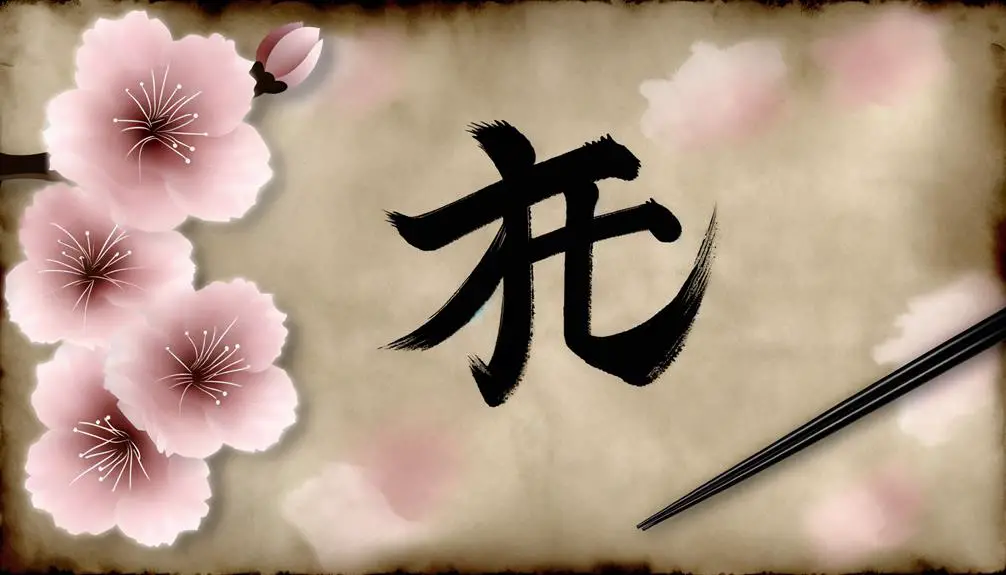
The kanji for sister in Japanese, 姉 (ane) for older sister and 妹 (imouto) for younger sister, hold profound cultural significance, symbolizing familial bonds and societal roles.
These characters are not only prevalent in traditional literature and customs but also find their place in contemporary contexts such as digital communication and pop culture.
Understanding these symbols' cultural importance and their modern applications offers a thorough perspective on their enduring relevance.
Cultural Significance Explained
Exploring the cultural significance of the Japanese symbol for sister, 姉妹 (shimai), reveals a rich tapestry of family values, hierarchical respect, and deep emotional bonds within Japanese society. This symbol embodies more than mere familial connection; it reflects the intricate social dynamics and cherished traditions of Japanese culture.
- Respect for hierarchy: The kanji 姉 (ane, older sister) and 妹 (imouto, younger sister) illustrate the importance of age-based respect.
- Emotional bonds: Sisters are seen as key emotional supports within the family unit.
- Cultural rituals: Sisters often partake in traditional practices together, reinforcing familial ties.
- Social expectations: The roles of sisters are defined by cultural norms that emphasize cooperation and mutual support.
Understanding these aspects enriches one's appreciation of Japanese familial structures.
Modern Usage Examples
Frequently seen in contemporary Japanese media and literature, the symbol for sister (姉妹, shimai) is often employed to depict nuanced family relationships and the evolving roles of women in society. The symbolic interpretations of shimai extend beyond traditional familial bonds, highlighting themes of solidarity, rivalry, and empowerment. In popular culture, such as anime and manga, sister characters are frequently crafted to explore these complex dynamics.
| Example | Interpretation |
|---|---|
| Anime | Emotional bonds, rivalry |
| Literature | Women's solidarity |
| Drama Series | Evolving family roles |
| Advertising | Empowerment, unity |
These modern usages reflect a broader societal shift towards recognizing the multifaceted roles of women, underscoring the importance of sisterhood in both personal and collective contexts.
Conclusion
To sum up, the kanji for sister encapsulates a rich tapestry of historical origins, intricate writing techniques, and nuanced pronunciations.
Its usage in daily life and cultural significance reflect deep familial ties and social structures.
Variations across dialects and related vocabulary further enrich its contextual landscape.
Much like the scrolls of yore, this symbol offers a profound glimpse into the linguistic and cultural heritage of Japan, underscoring the enduring importance of familial bonds in Japanese society.

